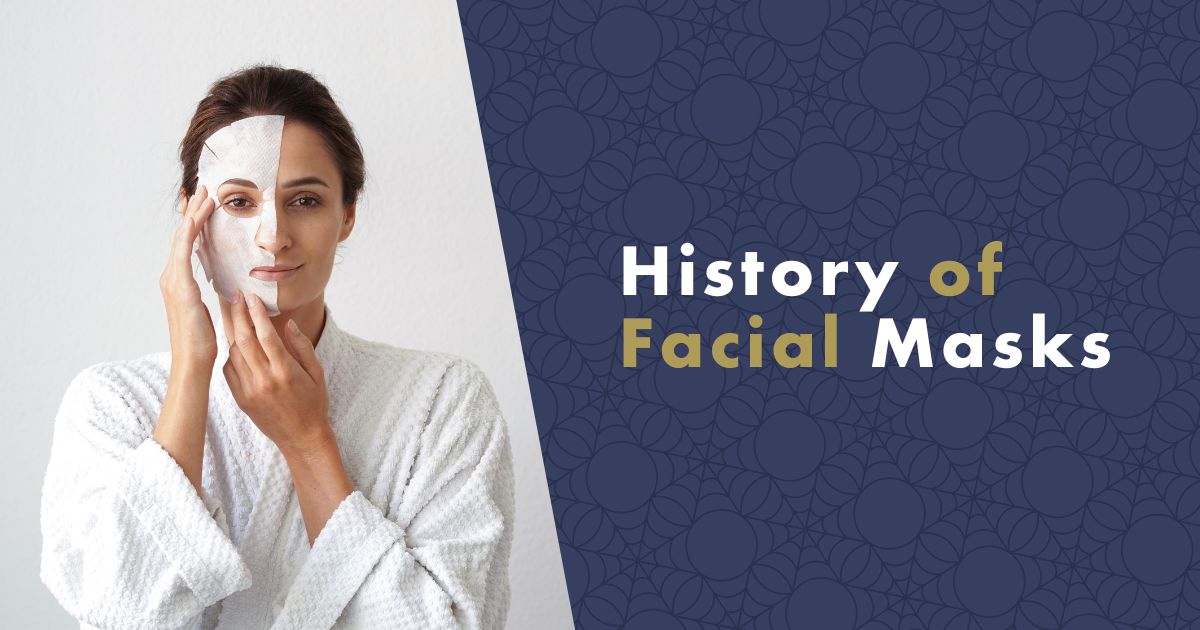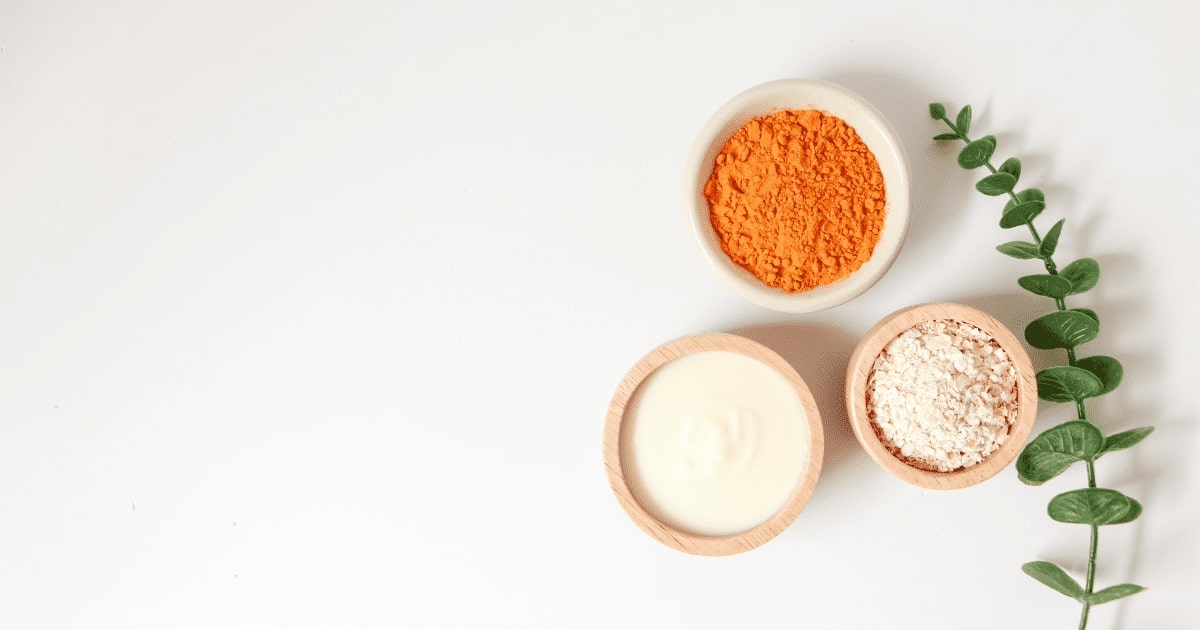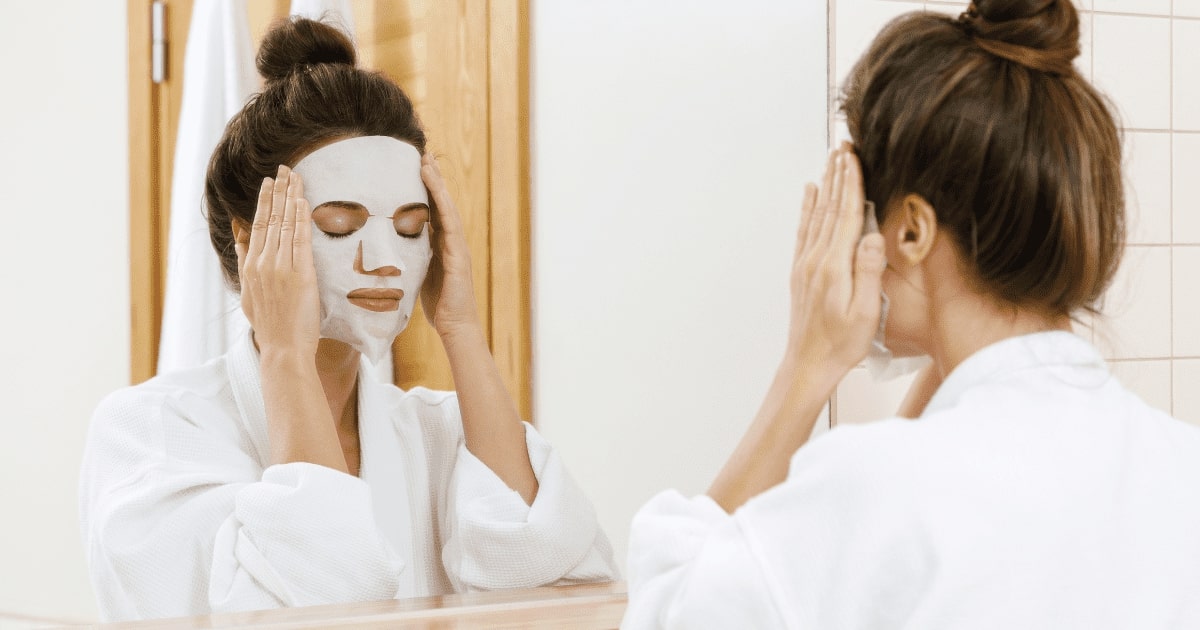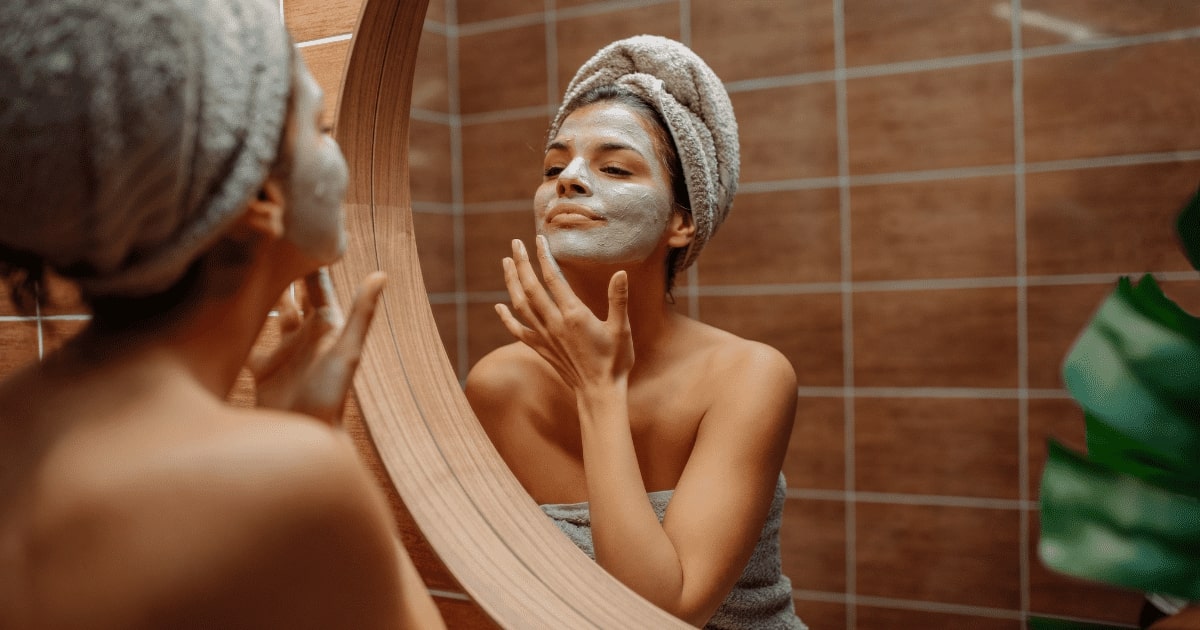Facial masks have been an integral part of human skincare rituals for centuries, with a rich and diverse history that spans across cultures and civilizations. These masks, crafted from an array of materials and ingredients, have played multifaceted roles, ranging from cosmetic beauty routines to religious ceremonies and medicinal practices. Exploring the evolution of facial masks not only unveils the fascinating cultural tapestry of beauty traditions but also provides insights into the ever-changing perceptions of skincare and well-being throughout history. From ancient civilizations to modern-day skincare trends, the journey of facial masks reflects the dynamic relationship between culture, beauty ideals, and the pursuit of radiant skin. In this exploration, we delve into the historical roots of facial masks, tracing their origins, significance, and transformation over time. Join us on a captivating journey through the ages as we unravel the layers of the history of facial masks.

History
Since ancient Egypt, India, and imperial China, people have been using all sorts of facial masks with the most diverse ingredients to achieve beautiful and radiant skin. Some of the ingredients used may seem scary or even comical today, while others are still applied to the skin, such as powdered pearl or turmeric.
Tip: Kurkumin and its effects on health - What can it relieve? Read more.
Ancient Egypt
You may have already heard that Cleopatra bathed in donkey milk to become more beautiful, but did you know that, like many other Egyptians, she used clay masks to cleanse her skin? However, those were not the only masks available to Cleopatra; some were made from crocodile dung, which was believed to improve the appearance of the skin.
Imperial China
In ancient China, popular ingredients used for making masks included powdered pearl, ground mung beans, crushed tea leaves, rice water, and peppermint. Carefully selected ingredients were used to create pastes that were applied to the skin. Some fought against blackheads, while others were recommended for reducing wrinkles and other signs of aging.
Ayurveda
Ayurveda, the traditional Indian medicine, is based on plant ingredients such as turmeric or coconut oil. Ayurveda is still very popular today because it utilizes only natural ingredients.
20th Century in Europe
In the 20th century, women wanted to achieve healthy and radiant skin. For this purpose, masks containing lead and mercury were often used because they effectively whitened the skin. However, they were popular only until it was discovered that they caused heavy metal poisoning and were banned.
Tip: How to take care of dry skin? You can find all the advice in the next article.
Modern Times
Modern times have brought newer technologies and, above all, a detailed insight into the substances that truly help us. Along with that, various types of masks have appeared in supermarket and drugstore shelves – clay masks, peel-off masks, textile masks. Today, you can find a mask for all skin types and any issue you can think of.
Tip: How to choose the best face mask? Find out in the next article.
Just like in history, some ingredients in masks are popular today – luckily, it's not crocodile dung or lead. But is our current mask selection as good as we think it is?
Peel-off Masks
Peel-off masks are usually designed for oily skin with a tendency for acne and do not contain any nourishing ingredients for the skin. Instead, they are made to extract blackheads and cleanse pores, which can sometimes be an unpleasant and even painful process if you're not careful.
#produkty#https://www.nanospace.store/search/?string=nafigate+face+masks
Tip: Want to learn how to take care of oily skin?
Textile Masks for All Purposes
Textile or sheet masks are considered the highest level of skincare – cotton fibers are soaked in essences containing trendy substances such as hyaluronic acid or activated charcoal. However, even these masks are not perfect. The essence may drip, the mask may slip off the face, and they are certainly not environmentally friendly.
Tip: Read our article on hyaluronic acid - 7 reasons why your skin needs hyaluronic acid.
Clay Masks
Cleopatra did well by applying a clay mask to combat impurities. Indeed, a clay mask can help with deep pore cleansing and mattifying the skin.
Clay masks are again effective in fighting impurities and oiliness, but just like peel-off masks, they don't provide any nourishing substances to our skin.
Tip: Want to try making your own face mask? Try homemade face masks.
New Generation: Nanofiber Masks
With all the masks on the market, I understand that some may think that maybe, just maybe, we have reached the peak of face masks. But what if I tell you that's not true? This year, a completely dry mask is entering the market, and all the active ingredients are delivered to the skin through nanofiber. Yes, I'm talking about the nanofiber [n]fibrecare mask.
TIP: What is nanofiber? Discover the invisible miracle that protects and heals.
#produkty#https://www.nanospace.store/search/?string=sheet+mask+pack
Nanofiber masks are the definite future of face masks. What makes this type of masks revolutionary and unique is the fact that all the active ingredients are contained directly in the mask's fiber. It may sound crazy, but the best way to ensure that the active ingredients of a face mask reach the skin most effectively is by encapsulating them in nanofiber.
TIP: How does the nanoBeauty nanofiber mask work?
Nanofibers dissolve on the skin when they come into contact with moistened skin. At that moment, they begin releasing active ingredients directly into the skin. Every part of your face that the mask touches absorbs everything the skin needs in just 8 minutes. The nanofiber mask is not only effective but also quick and highly comfortable compared to wet masks.




